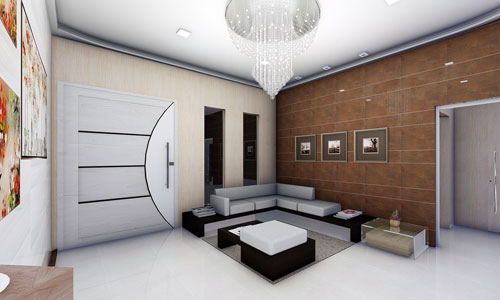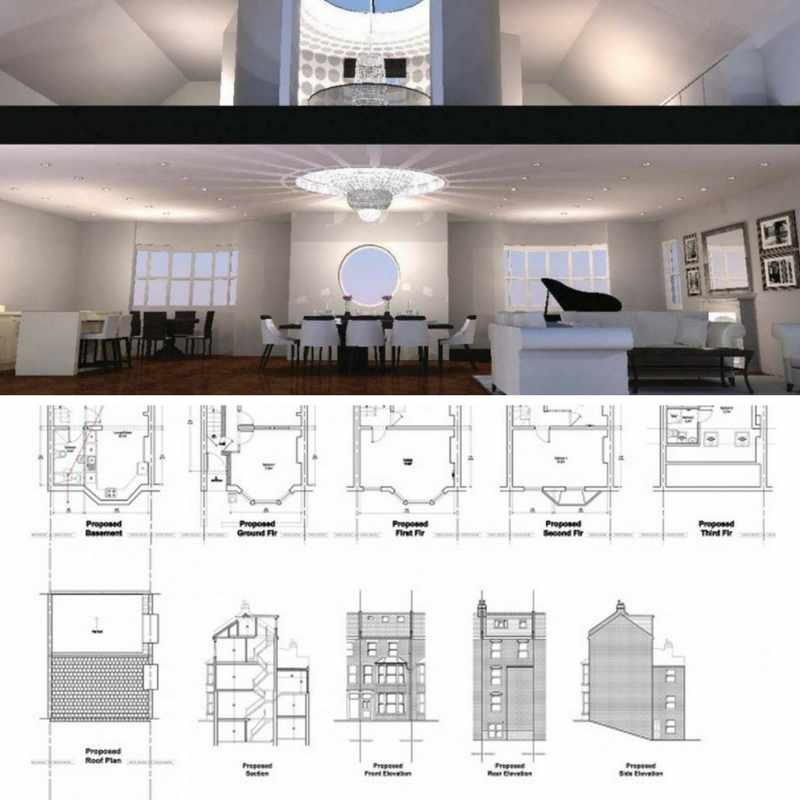Trusted Top Luxury Home Designer Services for Sophisticated Designs
Trusted Top Luxury Home Designer Services for Sophisticated Designs
Blog Article
Taking Full Advantage Of Visual Charm: The Synergy Between Interior Design and Home Engineer Methods
Comprehending the subtle interplay in between indoor style and home architecture can significantly boost the visual allure of a space. This marriage of style self-controls includes a thoughtful assimilation of architectural aspects with indoor layouts, and a proficient application of concepts such as comparison, equilibrium, and rhythm. As we explore this synergy, we will reveal ways to create practical and aesthetically striking settings that not just reflect personal design, yet additionally adapt to the dynamic demands of modern living.
Understanding the Fundamentals: Defining Interior Design and Home Style
Interior design and home design, often linked, represent the structural and visual facets of our living areas. Interior layout is a multifaceted technique that involves producing practical, safe, and visually pleasing spaces inside a structure. On the other hand, home design primarily concentrates on the strong framework of a structure.
The Synergy Described: How Interior Decoration and Home Style Intersect
Comprehending the harmony between interior decoration and home architecture can unlock a globe of creativity and performance. When reviewing this crossway, the impact of style on insides is a critical facet to think about. This conversation will focus on the unifying layout concepts that blend these two fields right into a harmonious whole
Unifying Design Principles
While it may seem that interior layout and home architecture are two distinct self-controls, they are in fact deeply interconnected, forming a synergy that is necessary for producing harmonious home. Unifying design concepts are the columns that facilitate this synergy. The principles include balance, rhythm, focus, comparison, and consistency. These aspects coalesce to provide a natural aesthetic allure. Balance creates a sense of stability, rhythm supplies a feeling of movement, consistency guarantees unity, comparison stimulates interest, and emphasis accentuates crucial elements. The critical application of these concepts makes it possible for a seamless blend of appearances and feature, boosting the total experience of the space. Fundamentally, these principles work as the bridge, uniting interior layout and building methods.
Architectural Impact on Insides
The intertwining of interior decoration and design comes to be a lot more obvious when one thinks about the architectural impact on insides. Building components are intrinsic to a space's functionality and visual appeals, forming the style from the start. Columns, stairs, beam of lights or arcs, as an example, serve both structural and decorative purposes. They can separate rooms, develop focal points or imbue a room with a certain ambiance. Factor to consider of texture, light, and proportion also originate from building influences. Inevitably, architecture mold and mildews the canvas whereupon interior designers work. Their harmony is thus undeniable: style develops the structure, which interior decoration improves with decoration, appearance, and color. This symbiotic partnership makes certain a harmonious balance between feature and charm, maximizing the aesthetic charm of any type of area.
Trick Concepts in Integrating Interior Design and Home Style
Striking a balance between functionality and aesthetics is an essential element of harmonizing interior design and home design. An equally important concept is the integration of lasting design to create environmentally friendly and energy-efficient homes. Lastly, understanding and exploring different building styles can also play a vital function in achieving an unified design.

Stabilizing Performance and Aesthetic Appeal
Stabilizing functionality and aesthetics in indoor design and home architecture emerges as one of the critical principles to consider. Aesthetics uplifts the mood and affects the assumption of space, whereas functionality guarantees functionality and comfort. Equally vital is the effective setup of the area, with a well-planned design contributing significantly to the harmony between capability and appearances.
Lasting Style Integration
In keeping the balance in between functionality and visual appeals, one have to likewise take into consideration the integration of sustainable layout concepts. This strategy not only boosts the visual appeal of a room but also guarantees its longevity and minimized environmental influence. The key depend on choosing products that are green, durable, and appealing. This consists of natural, recycled, or low-impact products that add to a healthier and extra lasting world. Architects and designers can additionally integrate energy-efficient systems, such as energy-saving appliances or solar panels. Moreover, ensuring excellent indoor air quality via sufficient all-natural illumination and ventilation is essential. Therefore, an unified combination of interior layout and home design, assisted by sustainability, can develop rooms that are beautiful, practical, and ecologically friendly.
Exploring Architectural Designs
While there are a variety of building styles to explore, it is necessary to understand that each one brings its special concepts that can substantially affect the harmonization of interior decoration and home style. These styles, ranging from the ornate Baroque to the minimal Modernist, lug unique viewpoints and appearances that, when appropriately understood and utilized, can create homes that are not just visually stunning however also harmoniously integrated in terms of design and architecture. Choosing a building style is not merely about personal visual preference; it has to do with picking a layout language that talks to the home owner's way of living, ideology, and desires, creating a home that is a real representation of its locals.
Instance Studies: Exceptional Examples of Design and Style Harmony
Diving into some exceptional situation studies provides a profound understanding of just how layout and architecture can sympathetically merge to create useful and engaging areas. The legendary Fallingwater house, made by Frank Lloyd Wright, Click Here exquisitely shows this synergy. Wright's layout masterfully integrates your home with its surrounding landscape, while the interior mirrors the exterior's organic kinds. Another instance is the minimalistic Tadao Ando's Church of Light in Japan. The architect attained an excellent balance between simpleness and drama, using raw concrete and light. Internally, the raw, marginal design creates a sense of serenity and spiritual reflection. These examples highlight the value of harmony in between interior decoration and style in achieving functional and visual success.
Practical Tips: Enhancing Your Home's Aesthetic Appeal
Drawing motivation from the instance researches of building and design synergy, homeowners as well can implement some sensible methods to improve their home's visual appeal. A harmonious mix of shades, textures, and lighting can boost a room, producing a warm and welcoming environment. Eventually, the aesthetic appeal exists in stabilizing performance with layout, producing a home that is both habitable and beautiful.

Future Trends: Just How Modern Techniques Are Changing Interior Design and Architecture
As the world advances, so do the trends in interior decoration and architecture. Modern strategies are significantly concentrating on sustainability, integrating energy-efficient styles and green products. Technology plays a crucial duty, with smart homes coming to be the standard, incorporating AI and IoT for boosted functionality. Furthermore, minimalism remains to acquire grip, emphasizing simpleness, functionality, and clutter-free rooms. This is usually coupled with biophilic design, attracting ideas from nature and promoting wellness. The pandemic has actually accelerated the demand for versatile, multi-purpose rooms, obscuring the lines between job and home. These trends reflect a shift in the direction of styles that are not simply cosmetically pleasing, however additionally eco aware, technologically advanced, and versatile to changing way of livings.
Conclusion
To conclude, the integration of indoor design and home design strategies is a dynamic from this source technique to improving aesthetic allure. By leveraging key concepts like rhythm, comparison, and equilibrium, and incorporating components of contemporary living, designers can produce flexible, visually pleasing settings. With recognizing this harmony, property owners can make informed decisions that not only boost their home however also add to their general health.
Comprehending the refined interplay between indoor layout and home architecture can significantly elevate the aesthetic allure of a living space.Indoor layout and home style, typically linked, represent the structural and visual aspects of our living rooms.While it may seem that interior style and home design are 2 site here unique techniques, they are actually deeply interconnected, developing a harmony that is crucial for producing harmonious living rooms.The intertwining of indoor design and style becomes also much more noticeable when one considers the building influence on interiors. A harmonious combination of interior design and home architecture, assisted by sustainability, can create areas that are stunning, practical, and environmentally pleasant.
Report this page